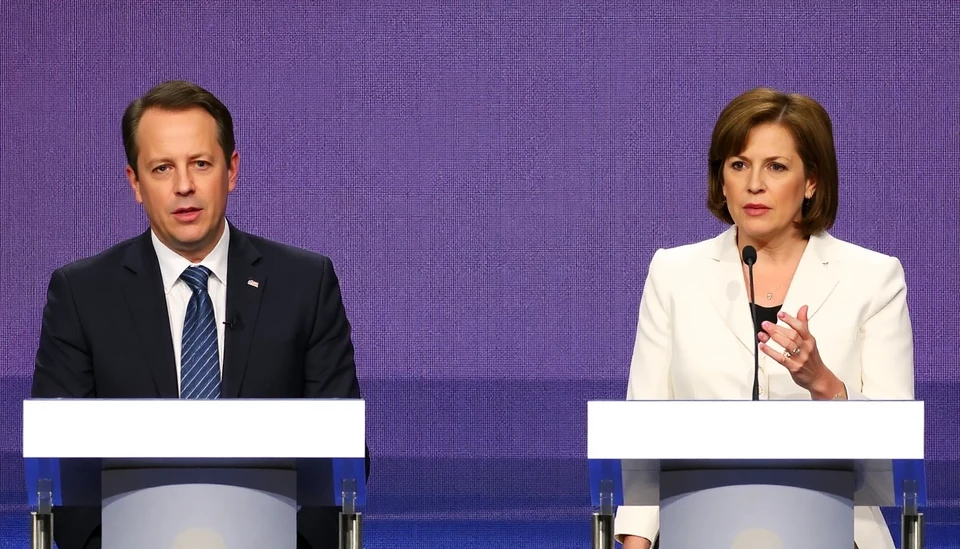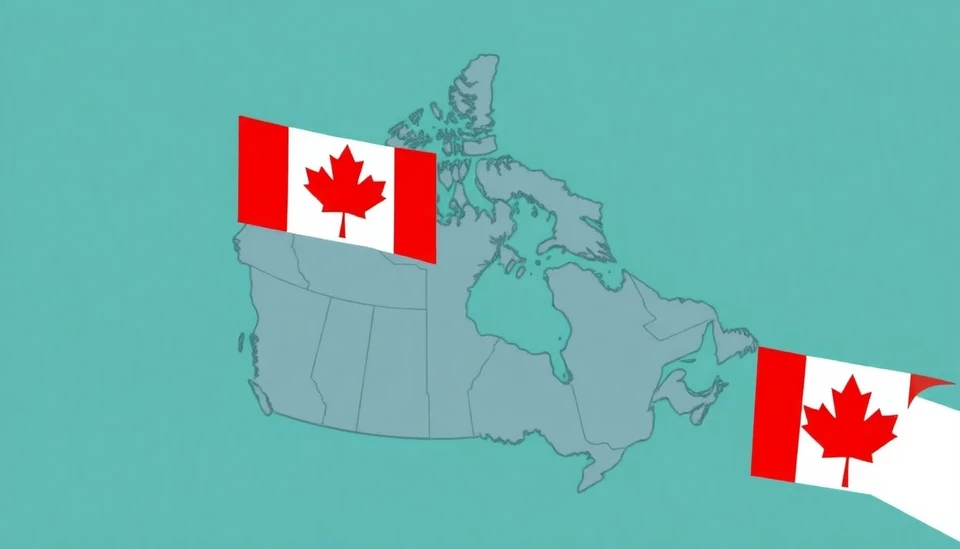
In recent developments, Canada is experiencing a dual narrative as tariffs imposed by the United States are inflicting immediate pain on certain sectors, especially those tied to renewable energy. However, industry experts and environmentalists believe that these challenges may pave the way for significant long-term benefits in Canada’s burgeoning green sectors.
The tariff hikes, particularly on materials crucial for technology like solar panels and electric vehicles, have stirred up uncertainty among Canadian manufacturers. Producers are grappling with cost increases which threaten their competitiveness in international markets. These changes have raised concerns across various sectors, drawing attention to the fragile state of trade relations between Canada and the U.S.
Despite the hardships these tariffs present, observers are also looking ahead with optimism. As Canada continues its commitment to reduce carbon emissions and transition to a more sustainable economy, there is a growing recognition that the tariffs could serve as a catalyst for domestic innovation and investment. By fostering a self-sustaining green economy, Canada might reduce its reliance on imports and bolster local production capabilities.
The Canadian government is already taking steps to offset these challenges. Policymakers are exploring incentives for local manufacturing, particularly in technologies that are at the forefront of the green revolution. This could involve increasing support for research and development initiatives, as well as exploring partnerships with domestic firms that may benefit from increased demand propelled by the tariffs.
Industry leaders argue that rather than viewing the tariffs purely as a setback, they can be seen as a pivotal moment for Canada to solidify its position as a leader in renewable energy sectors. The potential for job creation and technological advancement in areas such as electric vehicles, batteries, and alternative energy solutions creates an argument for strategic investment. Moreover, as businesses adapt to these tariffs, it could lead to innovations that might otherwise have taken longer to emerge.
Looking towards the future, Canada’s commitment to green energy not only aligns with global trends but also plays a vital role in addressing climate change. This situation presents an opportunity for Canada to harness its natural resources more effectively and to capitalize on the growing global market for clean technology solutions.
In summary, while the current tariff landscape may be daunting, there is a silver lining for Canada’s green economy. With strategic planning and forward-thinking policies, the nation can potentially transform the immediate adversity into long-lasting economic gains in the green sector, ensuring that it remains competitive on the global stage.
#Canada #GreenEconomy #RenewableEnergy #Tariffs #ElectricVehicles #Sustainability #Innovation #EconomicGrowth #ClimateChange
Author: Megan Clarke




